Sodium hydroxide, also referred to as lye or caustic soda, is a strong base and is used to turn your oils into soap.
Some people become alarmed when they hear the word lye but it is important to note that ALL true soap is made using lye. You’ll run across blogs and pins on Pinterest that promise lye-free soap recipes, but what they promote is making soap using a pre-made melt and pour or rebatch base. Both use a base that has already been saponified using oils and lye. Technically they are lye-free because the lye gets used up once saponification occurs, but lye was used in the process to make the melt and pour or rebatch base.
Sodium hydroxide is a highly corrosive substance and safety precautions must be followed when using it. Wear goggles and gloves when working with it.
Where does sodium hydroxide come from? Sodium hydroxide (along with chlorine stemmed from the same process) is the result of a salt solution (sodium chloride in water) processed by electrolysis. Salt deposits are found all over the world; some of the purest deposits are found underground. The salt is mixed with water and pumped from the earth as salt brine. It is then put through the process of electrolysis to make sodium hydroxide and chlorine. Electrolysis is basically a method of passing an electric current through a liquid or solution.
You can occasionally find this chemical at your local hardware store; just make sure you are getting pure sodium hydroxide. To be extra careful and to save money, I recommend purchasing it from a soap making supplier.
Cold process soap uses sodium hydroxide (NaOH). Another similar chemical is potassium hydroxide (KOH) which is used to make liquid soap. Don’t mix the two up as they produce very different results!
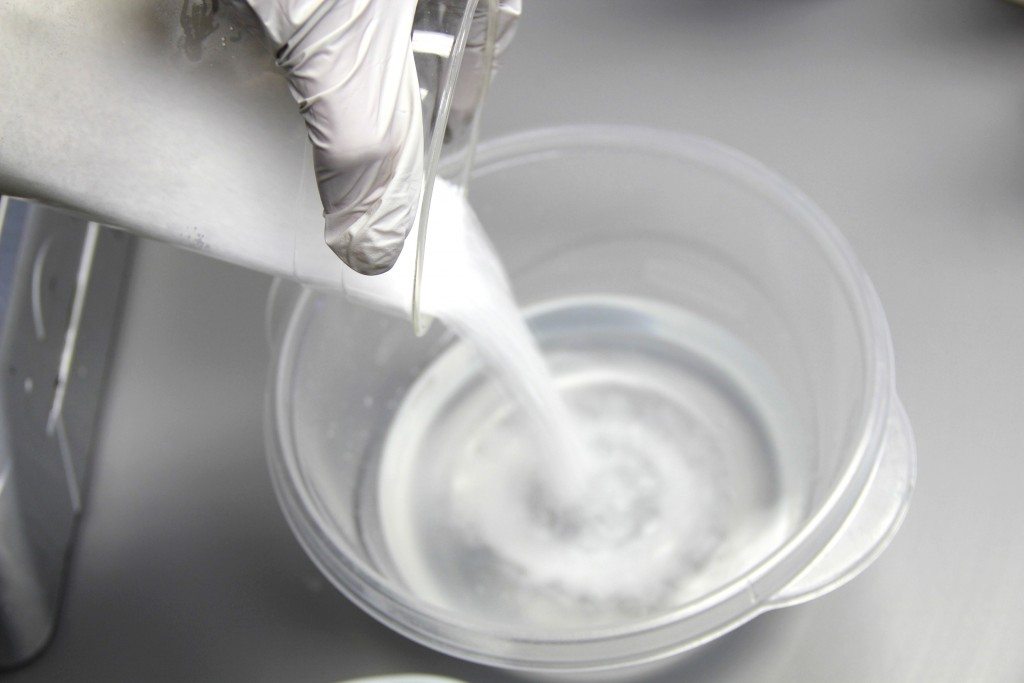
Lye Safety
Sodium hydroxide is a highly caustic chemical. Contact with skin and eyes can cause severe irritation, burns and blindness. Here are some safety precautions when working with lye.
- Wear gloves to protect your hands and safety goggles to protect your eyes. One splash of lye solution into your eye can permanently damage your eyesight.
- Always make sure your environment is free from distractions including pets, children and other family members.
- Store your dry lye in a safe (and locked if you have kids) location that is free of moisture and possible water contamination. For example, don’t store your lye under the sink as a water leak can create a dangerous situation if it comes in contact with your dry lye.
- When making your lye solution, always add your lye to the water- NEVER add your water to the lye or a crust can form trapping vapors underneath, creating a volcanic eruption. One way to remember this is to say to yourself, snow falls on the lake, lye falls on the water.
- Make sure you mix your lye in a well-ventilated area as it does let off fumes when first mixed with water. Never hold your face directly over your lye solution as it fumes. Turn your head to the side and lean backwards as you mix.
- If lye solution splashes onto your skin, simply rinse with cold water.
- If lye solution splashes into your eye, rinse with water and contact poison control or go ahead and get to urgent care or emergency room as lye can cause permanent damage. Wear goggles!
- If lye solution spills onto a surface, you can spray with a vinegar solution and rinse or wipe up with water. Vinegar reacts with lye, rendering it neutral.
- You should never put vinegar on lye solution that has splashed onto your skin or in your eyes. Vinegar neutralizes lye by “flashing it out” and it can heat up during this process causing even more damage to your skin or eyes. NO VINEGAR ON SKIN OR EYES.
Lye + Your Containers and Utensils
- Never use a glass container to make your lye solution, even one known to be heat-proof. Lye can etch glass containers over time, eventually causing them to shatter.
- Use chemical- and heat-resistant plastics such as food storage containers, plastic pitchers, or paint-mixing containers from the hardware store that have the plastic code #5 on the bottom.
- Stainless steel is the only metal that can come in contact with lye. Don’t use aluminum (bowls or spoons) or it will react with your lye.
Keep a copy of an MSDS for sodium hydroxide (your supplier can provide one) nearby and the number to poison control written on it. An accident probably won’t happen…but if it does…you’ll be ready. Make sure all your family members (adults and kids) understand the danger of sodium hydroxide and what it can do.
I certainly don’t want to scare you when it comes to lye! It is simply a caustic chemical that needs to be respected and used with care. 🙂
Are you ready to dive into the world of making handcrafted soap? Grab our free Basic Soapmaking eBook here!

Happy Soapmaking!
Amanda Aaron

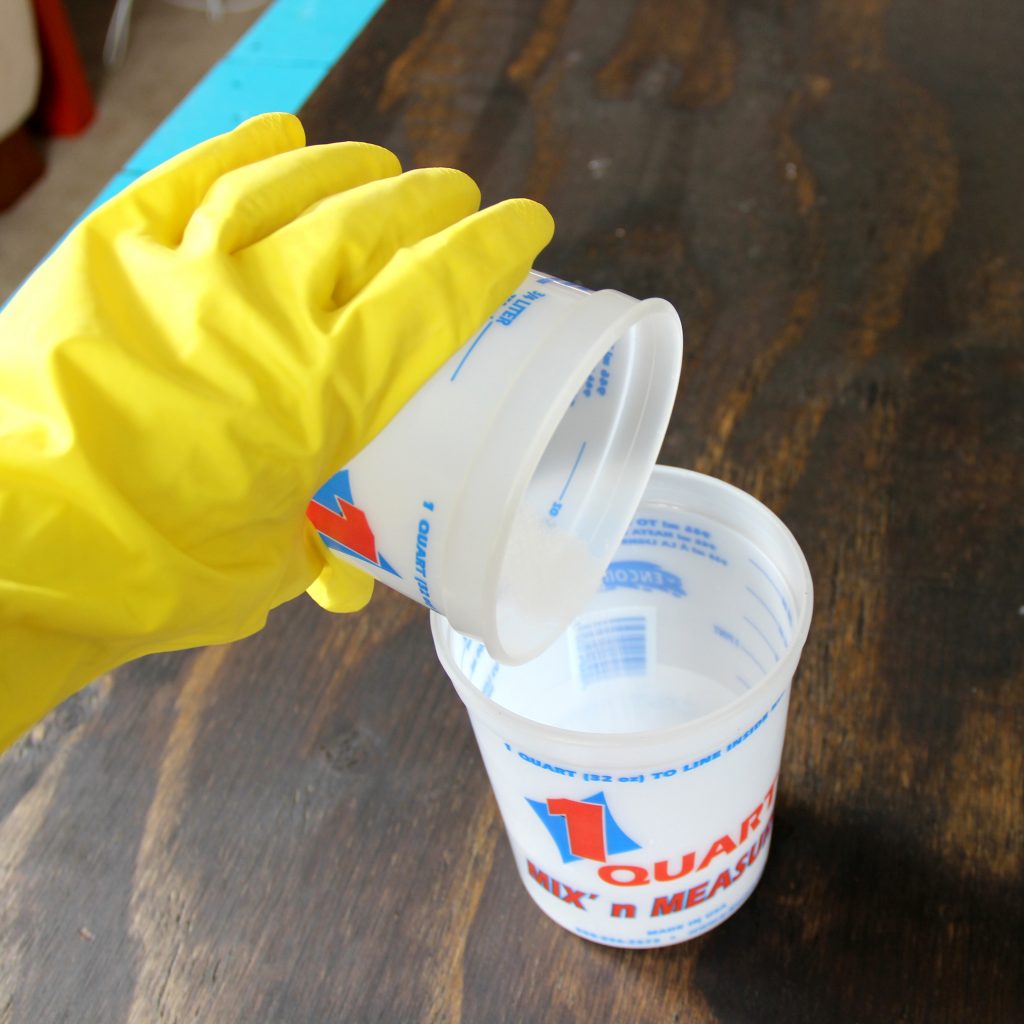
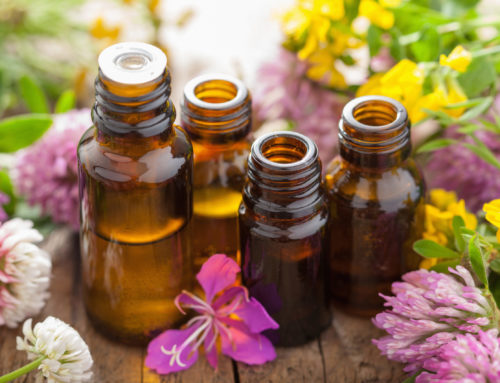
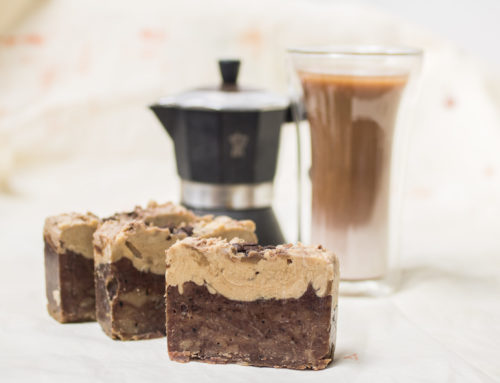
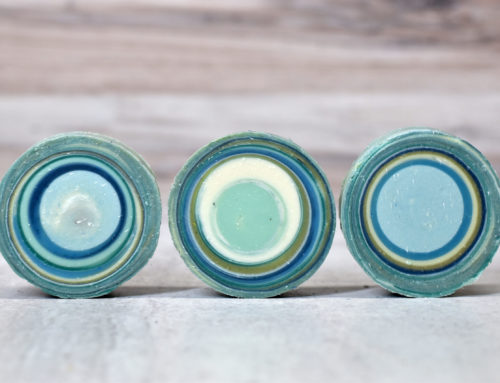


If a home has a gas stove hiw does ine manage soapmaking inside? Also, there are gas lines then outside, so hiw does one safely make soap with gaslines? Would outside also not work? Thinking explosion!
Thanks for the info. May I ask everyone’s opinion on wearing a mask while mixing your lye solution? I have been wearing just a disposable surgical mask along with my gloves and goggles and am confident with that, but would like to know what the general consensus is from others. Thanks!
I always mix mine outside, upwind if there is any breeze. But if there is a question at all I use a respirator mask from the hardware store. Better to be safe I say!
I have been making soap for ten years, and an article like this should be required reading every year so we don’t forget to treat lye with the utmost respect and caution. Thanks for the reminder!
Great article, thank you! I have dialed for years and still learned a couple new things!
Aaahhh, spellcheck🙄… I have SOAPED for years!!….🤣🤣🤣